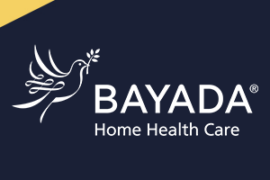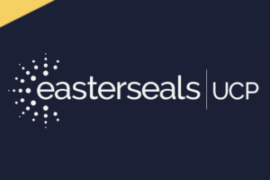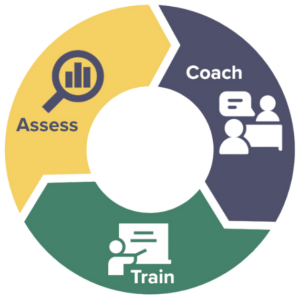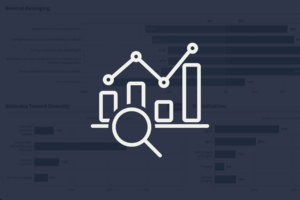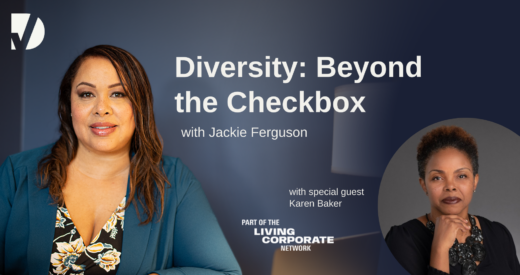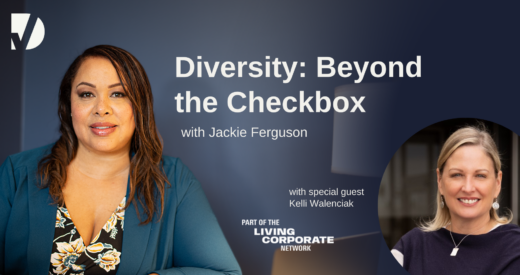Losing talented staff is bad for business and replacing employees is expensive. Prioritizing diversity, equity, and inclusion (DEI) helps your business attract stellar employees, and also boosts employee engagement and increases feelings of belonging and job satisfaction. High turnover doesn’t have to be an accepted cost of doing business.
DEI has been tied to improved recruitment and retention and should be embedded into every stage of the employee lifecycle. You need to look beyond just the interview phase to ensure that DEI is part of the entire employee experience, from a candidate’s first visit to your website to an employee’s exit from the organization.
Let’s dive further into these seven key phases:
- recruiting and acquisition
- onboarding
- performance evaluation
- professional development
- mentorship and sponsorship
- promotions
- transition
When examining your recruiting and acquisition practices, there are several questions to answer. For instance, do you have a commitment to DEI on your website, and is it linked from your careers page or job descriptions? Are there photos on your company website that showcase different dimensions of diversity (while maintaining authenticity)? Are your job descriptions inclusive, meaning they contain inclusive language and limited requirements? Is your website application process inclusive and accessible? Are you using diverse interview panels and allowing interview scheduling flexibility? Are you mitigating bias in interviews by using standard questions and an interview rubric? Remember, you can only recruit a diverse candidate slate if there aren’t barriers to inclusion.
Onboarding is the first experience your new employee has as a member of the organization. It’s their first opportunity to feel inclusion and belonging. You should ensure that there is a clear training schedule, that you share documents and company background in advance, and are engaging the whole team in onboarding. Giving the new employee an opportunity to meet everyone during onboarding helps them immediately feel part of the team.
As we consider a new employee’s ongoing tenure at the organization, you should, at a bare minimum, conduct annual performance reviews. Additionally, you should foster space to give and receive ongoing feedback. Make sure you understand how each employee prefers to receive feedback and encourage a two-way exchange of feedback that fosters trust and transparency.
Be sure to provide opportunities for professional development, like attending conferences or getting a certificate. You might also invite someone to join a meeting that they may not otherwise be asked to join. An employee might shadow another team member or be assigned to a stretch assignment. For organizations with a DEI committee or employee resource groups (ERGs), these groups can help provide avenues for professional development.
Professional development is closely tied to mentorship and sponsorship. Mentors are role models at various experience levels who facilitate professional growth by providing one-on-one guidance via coaching, feedback, networking, and advice. Sponsors, in contrast, are specific senior-level leaders who agree to use their influence to build opportunities for their proteges, such as advocating for their promotion, sharing job opportunities, making introductions, and nominating them for programs or assignments. Again, ERGs can provide a great opportunity for mentorship and sponsorship.
Pay equity is critical to retaining staff despite any other perks or benefits your organization offers. If someone is not being paid equitably, they aren’t likely to stay. Be sure to track promotions against demographics to ensure equity, and benchmark against similarly sized industry peers to avoid losing talent to competitors.
Transitions out of the company are inevitable. We try to avoid turnover by creating a strong workplace culture, but it certainly happens. Maybe a partner received a great opportunity elsewhere, maybe they need to take time off to care for a sick family member, or maybe they are making a career change. You still must incorporate DEI into this transition. Are you conducting exit interviews? Are you looking at turnover data regularly against demographics to ensure your workplace isn’t driving away certain groups? Do you have inclusive benefits and policies on topics like dress code, parental leave, and schedule flexibility, for example?
These best practices are a lot to implement at once. How do you know what to put into place? You need to assess where you’re currently at. Take a look at your current processes, handbook, and policies. Gain insights from current employees via surveys and/or listening sessions. Use those tools to decide which are the most critical issues, and start there.
DEI is a journey, and embedding DEI throughout the entire employee lifecycle takes time, partnership, and adaptability. It will not happen overnight but it will help you build a workplace culture where everyone wants to do their best work.
Interested in learning more about inclusive hiring and recruitment? This article was pulled from one of 17 expert lessons taught in The Diversity Leader’s Intensive. Register now to dive further into best practices for each employee lifecycle stage. You’ll also learn more about gaining executive buy-in, creating short and long-term plans, and executing specific initiatives such as developing a supplier diversity program or establishing ERGs.
